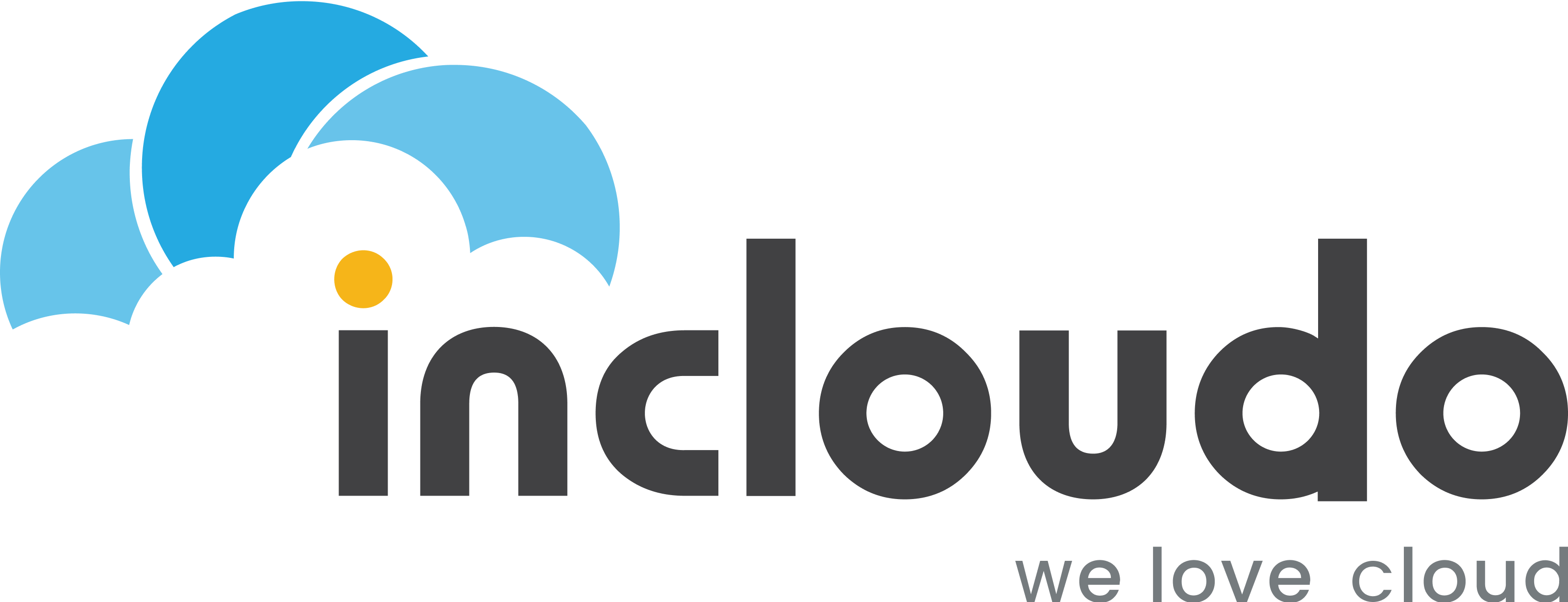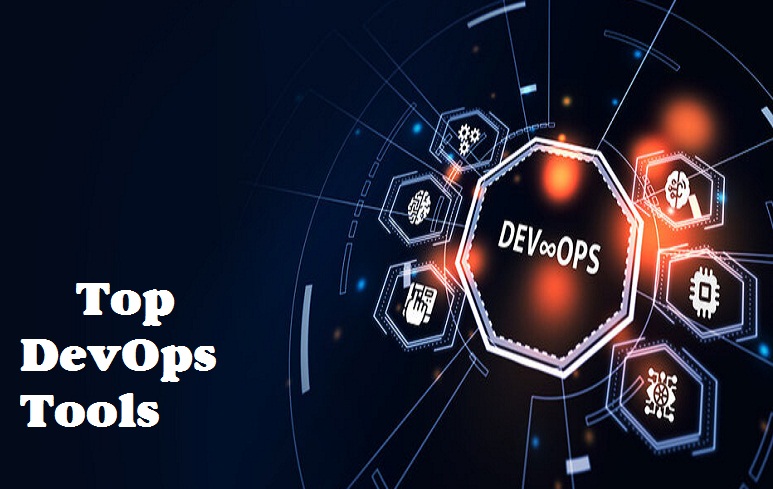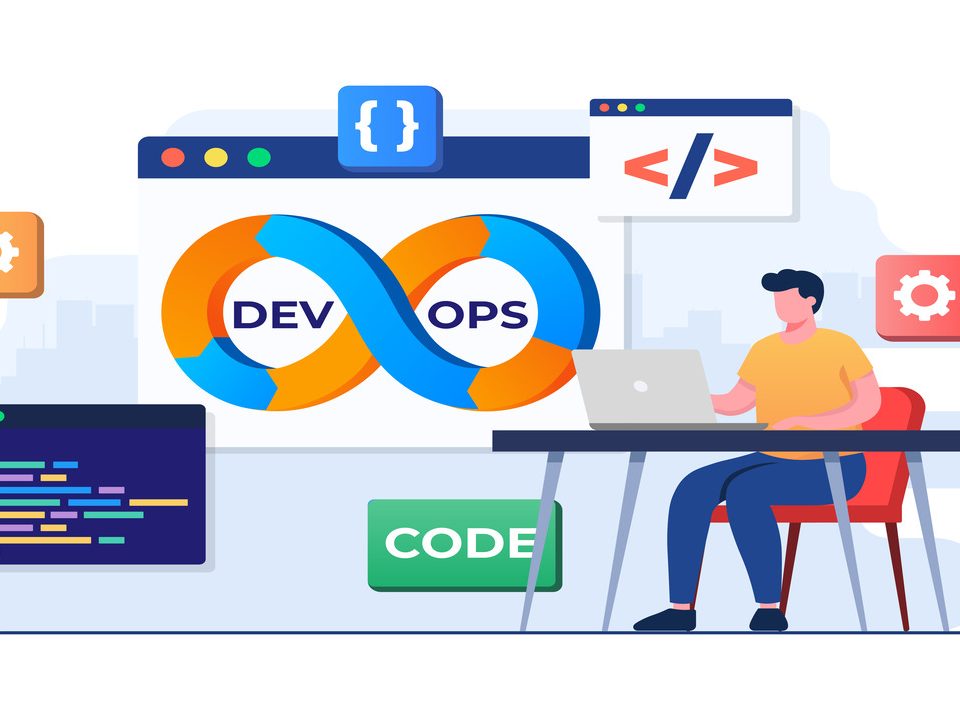
How DevOps is Evolving: 10 Trends Shaping the Industry in 2025
April 3, 2025As businesses continue to embrace agile methodologies and continuous delivery, DevOps has become a cornerstone of modern software development and IT operations. With the rapid evolution of cloud technologies, automation tools, and infrastructure management, DevOps administrators (admins) must stay up-to-date with the latest tools that can streamline workflows, improve efficiency, and ensure seamless collaboration.
In 2025, the DevOps landscape will be richer with advanced tools that integrate cutting-edge technologies such as AI, machine learning, and serverless computing. For companies like InCloudo, it is essential to use the right DevOps Services tools to ensure rapid, reliable, and secure software delivery. In this blog post, we’ll highlight the best DevOps tools that every admin should know in 2025, helping InCloudo’s team and clients optimize their DevOps pipelines.
1. GitLab: The Complete DevOps Platform
GitLab is one of the most comprehensive DevOps tools available, combining source code management, CI/CD pipelines, and monitoring into one unified platform. It facilitates end-to-end DevOps processes, from development to deployment and beyond, offering a seamless experience for DevOps admins.
Why It’s Essential in 2025:
GitLab’s advanced features for CI/CD automation, version control, and Kubernetes integration will remain indispensable in 2025. With GitOps tools, admins can manage the entire software lifecycle in a single interface, enabling better collaboration between developers, testers, and operations teams.
2. Jenkins: The Automation King
Jenkins has long been a staple in DevOps pipelines, known for its extensibility and the vast array of plugins that integrate with other DevOps tools. It is used for continuous integration and continuous delivery (CI/CD) automation, making it a top tool for automating the build, test, and deployment of software.
Why It’s Essential in 2025:
Although newer tools are emerging, Jenkins remains an industry standard for CI/CD automation due to its flexibility and massive plugin ecosystem. As organizations continue to automate their software delivery pipelines, Jenkins will remain a trusted Top tool for DevOps admins looking for comprehensive automation solutions.
3. Terraform: Infrastructure as Code (IaC)
Infrastructure as Code (IaC) has become a crucial part of the DevOps toolkit, and Terraform is one of the most popular tools for managing cloud infrastructure in this way. It allows DevOps admins to define and provision infrastructure using configuration files, enabling version-controlled infrastructure that can be easily replicated or scaled.
Why It’s Essential in 2025:
Terraform’s ability to manage multi-cloud and hybrid cloud infrastructures will continue to be in demand. Its simple syntax and vast support for various cloud platforms make it the go-to IaC tool for managing infrastructure with minimal friction.
4. Kubernetes: Container Orchestration at Scale
Kubernetes (K8s) has become the gold standard for managing containerized applications at scale. DevOps admins use Kubernetes to automate the deployment, scaling, and management of containerized applications across clusters of machines.
Why It’s Essential in 2025:
As organizations continue to adopt microservices architectures, Kubernetes will remain critical for container orchestration. It simplifies the deployment and management of cloud-native applications, ensuring that they are scalable, reliable, and easy to monitor.
5. Docker: Simplified Containerization
Docker remains a fundamental tool for DevOps, enabling teams to package applications into containers that can run consistently across various environments. It simplifies the development process by providing a consistent runtime environment for developers and operations teams.
Why It’s Essential in 2025:
As more organizations move to microservices architectures, Docker will continue to be a crucial tool in the containerization process. Its ability to create lightweight, portable containers makes it easier to deploy applications across different environments, whether on-premise or in the cloud.
6. Prometheus: Monitoring and Alerting
Prometheus is an open-source monitoring and alerting toolkit that is widely used in DevOps environments. It collects metrics from configured targets and stores them in a time-series database, allowing admins to monitor systems and applications in real time and set up alerts for abnormal behavior.
Why It’s Essential in 2025:
With the increasing complexity of cloud-native and microservices architectures, Prometheus’s ability to monitor distributed systems will be more important than ever. It offers powerful querying capabilities and integrates seamlessly with Kubernetes, making it a top choice for observability.
7. Ansible: Automation and Configuration Management
Ansible is an open-source automation tool used to automate application deployment, configuration management, and infrastructure provisioning. It is known for its simplicity and agentless architecture, which makes it ideal for DevOps admins who need to streamline system administration tasks.
Why It’s Essential in 2025:
As more organizations automate their workflows, Ansible’s lightweight configuration management capabilities will continue to be essential. It enables admins to ensure consistency across environments, automate the setup of infrastructure, and manage deployments with ease.
8. Slack: Communication and Collaboration
While Slack isn’t a traditional DevOps tool, its integration with other DevOps tools 2025 makes it an essential part of the DevOps admin’s toolkit. Slack allows teams to communicate effectively and receive notifications from various DevOps tools in real time.
Why It’s Essential in 2025:
Collaboration and communication remain key in modern DevOps environments. Slack’s integrations with tools like Jenkins, GitLab, and Kubernetes help streamline collaboration by bringing alerts and logs and building results directly for team members in one central place.
9. New Relic: Application Performance Monitoring
New Relic is an application performance management tool that provides deep insights into how applications are performing in production. It tracks application health, response times, and user interactions, allowing DevOps admins to identify performance bottlenecks and optimize systems.
Why It’s Essential in 2025:
With the complexity of modern applications, having real-time insights into application performance is essential for DevOps admins. New Relic’s deep monitoring capabilities will help teams quickly detect and resolve issues before they affect end users.
10. Helm: Kubernetes Package Manager
Helm simplifies the deployment and management of Kubernetes applications by providing a package management system for Kubernetes, known as Helm charts. It streamlines the installation, configuration, and management of complex applications on Kubernetes.
Why It’s Essential in 2025:
As Kubernetes continues to dominate container orchestration, Helm’s ability to simplify the management of Kubernetes applications will remain invaluable. Helm charts will be a go-to solution for managing complex applications and reducing the manual effort involved in deploying them.
Conclusion
As the DevOps landscape continues to evolve, staying up-to-date with the right tools is crucial for admins to deliver seamless, scalable, and secure software solutions. Tools like GitLab, Jenkins, Kubernetes, and Terraform will be indispensable in 2025, enabling DevOps teams to manage infrastructure, automate workflows, and deliver high-quality applications at scale.
For companies like InCloudo, integrating these tools into their DevOps pipelines will not only enhance operational efficiency but also provide clients with the flexibility, scalability, and security needed to thrive in an increasingly digital world. By leveraging the right tools, InCloudo can lead the way in helping its clients adopt modern DevOps practices and stay ahead of the competition.



